THE TWELVE GIFTS OF NATURE: And now for a completely different shopping experience
This holiday season, give a partridge in a pear tree. If you can’t find one, here’s a dozen other suggestions for other natural gifts. Some of these can inspire direct experience. Others can be the experience. All of them can last for decades.
1. Make an Outdoor Coupon Book. Give your child or other family members an envelope with several coupons for day hikes, fishing trips, tree-climbing, star-gazing, wild watching, a mound of dirt (cheaper than a video game) or any of the gifts below. These coupons can be redeemed during the holiday or throughout the year.
2. Go on a “Family Techno-Fast.” Recently, a modern farmer said to me: “I grew up in a three-dimensional world; kids today grow up in two dimensions.” To buffer your children and yourself from tech-excess, rent a cabin, pitch a tent, go on a day hike and leave all electronic gadgets behind when exploring the natural world. Think of this as the gift of the senses — the exercise of as many as 30 human senses, most of which we spend much of the day pushing away.
3. Together, build a tree house or clubhouse. It’s best when kids do most of the heavy lifting and design with a little help from adults, who can help best by providing the lumber and tools. Suggestion: nail a sign on the front door that says: “Abandon Electronics, All Ye Who Enter Here.”
4. Give a G.O. Bag. Stuff a duffle bag with daypacks, compass, binoculars, nature guides, maybe a topographic-map of your bioregion. Add granola bars, hats, gloves, fleece vests, sunglasses, collapsable hiking poles, some old hiking shoes or other comfortable footwear and water bottles. Wrap it up with a bow, unwrap it in the morning and stash it in your car trunk. Now you’re ready to G.O. (Get Outside.)
5. Make a Backyard Park Pack. Here’s another use for a duffle bag or covered plastic bucket. Assemble seeds for native plants, trowels, kneepads, other garden tools — along with a guide to local native plants and animals (or download and assemble your own guide from online resources; and, if you wish, include Doug Tallamy’s book, “Bringing Nature Home.” Then: a.) research native plants of your bioregion; b.) tear out your lawn, or part of it; c.) plant the plants; d.) keep a record of all the native insects and other critters that show up to rebuild the food web.
6. Purchase a Park Pass. Buy an annual park pass for the whole family (in California, they’re called Adventure Passes). People 62 and older can buy a National Park Service lifetime pass ($80 onetime fee). Here’s how it works out for the gift giver: If someone with a seniors park pass has kids under 16 in the car when they arrive at the park, the kids get in free.
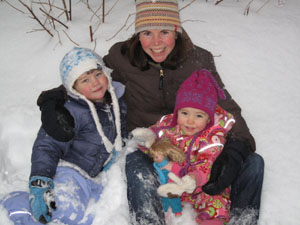 7. Create a snow fort, or buy a tent and use it. Or help them make a stick fort and next summer, leave it up until school starts. Join the NWF’s Great American Backyard Campout. Or skip the tent, and just head for the hills.
7. Create a snow fort, or buy a tent and use it. Or help them make a stick fort and next summer, leave it up until school starts. Join the NWF’s Great American Backyard Campout. Or skip the tent, and just head for the hills.
8. Bring the outside in. Create natural tree or table ornaments from sticks, rocks, leaves – and if possible, make all of these in advance with your kids. For a more elaborate, year-round gift, create a “living wall” of ficus, hibiscus, orchids and other plants; or an indoor vertical vegetable garden with a drip-irrigation system. Such walls, available from commercial outlets, can reduce indoor air pollutants.
9. Give a book that will inspire a child to go outdoors. Great environmental fiction and nonfiction exists for children and young people of all ages. Check out two picture book recommendations here, to get you started.
10. Give a book that will ignite a revolution. Here’s my list of 16 suggested gift books for the holiday season that will inspire the imaginations of adults and older children, help them experience the natural world more deeply, and encourage them to join the children and nature movement. Give these books as gifts and spread the word. Lots of words.
11. Exchange holiday love lists. One December, a reader of mine who did not enjoy shopping, decided that, rather than buying each other presents, each of her family members would write a love letter to the others, and these would be read aloud on Christmas morning. Each would include at least 25 reasons why the person receiving the letter was loved or valued. My family tried it, and many of our listed reasons for loving each other included our shared adventures and misadventures in nature.
12. Radical amazement. The great teacher Abraham Joshua Heschel once said that our goal should be to live life in radical amazement. This holiday season, pass along this gift. As Heschel advised, take nothing for granted: Everything is phenomenal; everything is incredible; never treat life casually. To be spiritual is to be amazed.” Along with sharing time, radical amazement is the best gift you can give, best delivered by example. And you don’t even have to wrap it.
-
Network News
POLICY UPDATE: Policy and advocacy for the children and nature movement
-
Voices
Binoculars, bald eagles and my journey as a Black birder
-
Richard Louv
THE WONDER BOWL: Ten Spring and Summer Nature Activities for Kids and Adults
-
Network News
Minneapolis Spotlight: The promise and possibilities of parks for youth
-
Voices
Why nature is my motherhood ally



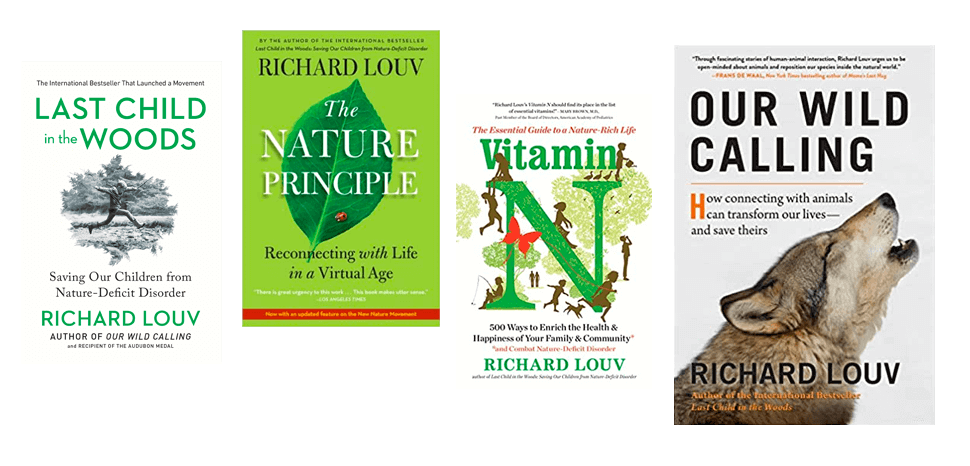
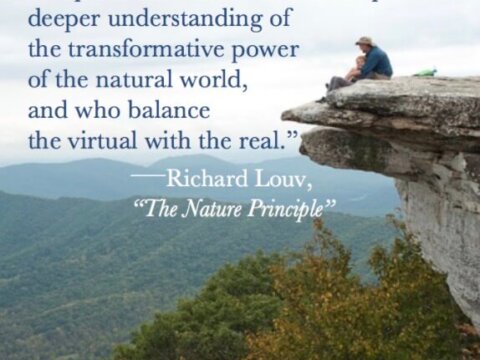
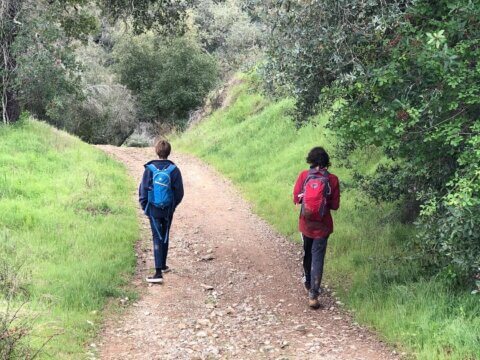
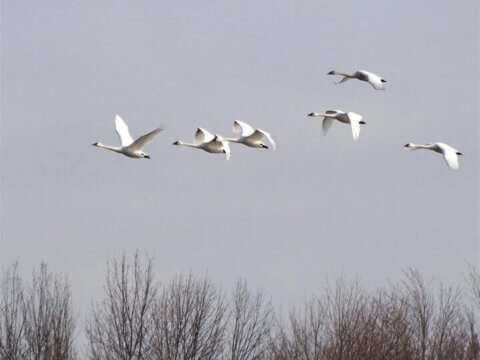
Commentaries on the C&NN website are offered to share diverse points-of-view from the global children and nature movement and to encourage new thinking and debate. The views and opinions expressed are those of the author(s) and do not necessarily reflect the position of C&NN. C&NN does not officially endorse every statement, report or product mentioned.